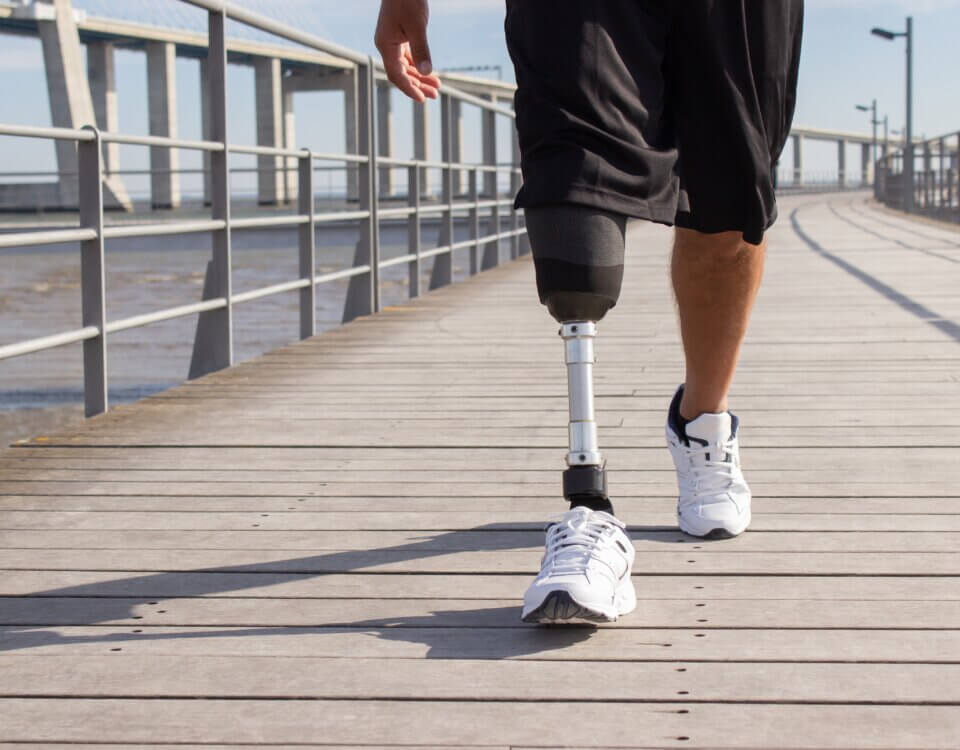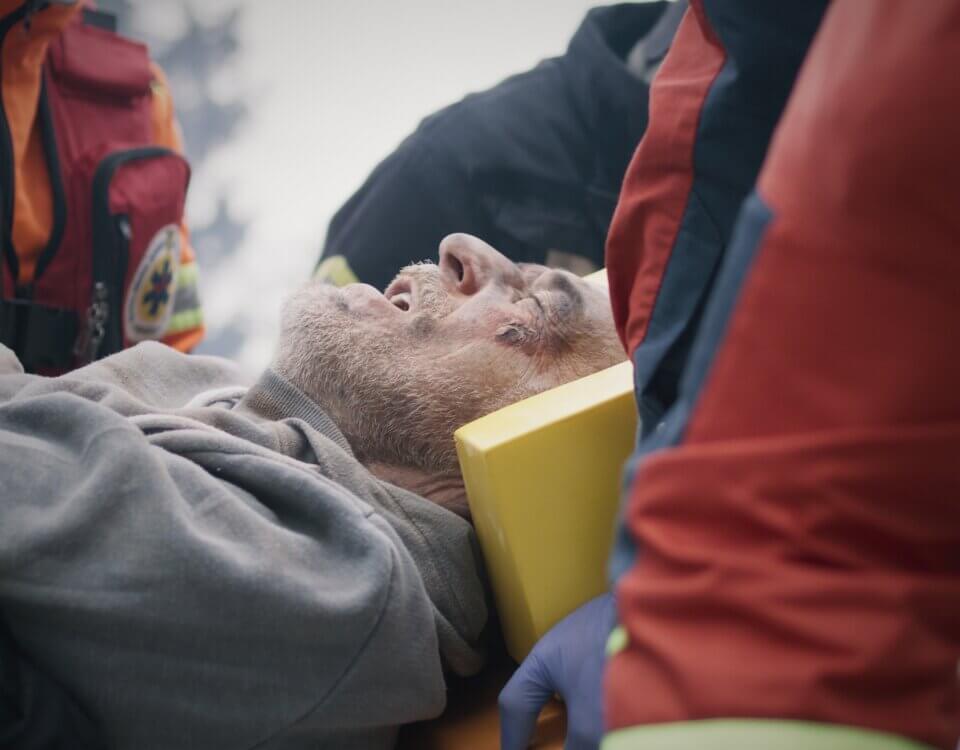A spinal cord injury (SCI) can change everything in a moment. Victims often face partial or total loss of movement and sensation, ongoing medical care, and major financial strain. If your injury was caused by someone else’s negligence, you may be entitled to compensation for medical treatment, rehabilitation, lost income, and more. Hillstone Law represents clients with spinal cord injuries across California.
Common Causes of Spinal Cord Injuries
Spinal cord injuries can result from trauma or medical errors, including:
- Motor vehicle crashes (cars, motorcycles, trucks, rideshares)
- Falls from heights (ladders, scaffolds, stairs)
- Sports and recreation incidents
- Violence (gunshots, stabbings)
- Workplace and construction accidents
- Medical malpractice or surgical errors
Key data on SCI incidence and outcomes:
Source: Centers for Disease Control and Prevention (CDC) — https://www.cdc.gov/traumaticbraininjury/spinal-cord-injury.html
Types and Levels of SCI
- Incomplete vs. complete: Incomplete injuries preserve some function below the level of injury; complete injuries do not.
- Cervical (neck): May cause quadriplegia/tetraplegia (arms and legs affected).
- Thoracic/Lumbar/Sacral: May cause paraplegia (legs and lower body affected).
Clinical overviews:
Source: National Institute of Neurological Disorders and Stroke (NINDS) — https://www.ninds.nih.gov/health-information/disorders/spinal-cord-injury
Symptoms and Complications
Common effects of SCI include:
- Loss of movement or sensation
- Breathing difficulties (higher-level injuries)
- Muscle spasticity or weakness
- Bowel/bladder and sexual dysfunction
- Neuropathic pain and autonomic dysreflexia
- Depression, anxiety, and PTSD
Long-term cost and complication data:
Source: National Spinal Cord Injury Statistical Center (NSCISC) — https://www.nscisc.uab.edu/
Treatment, Rehab, and Life Care
Recovery often involves:
- Emergency care and surgery (decompression/stabilization)
- Inpatient rehabilitation and physiatry
- Physical, occupational, and speech therapy
- Assistive technology (wheelchairs, exoskeletons, adaptive vehicles)
- Home modifications and caregiver support
- Pain management and psychological counseling
Patient guides:
Source: Christopher & Dana Reeve Foundation — https://www.christopherreeve.org/
Who May Be Liable?
Depending on how the injury occurred, responsible parties can include:
- Negligent drivers and their employers (for commercial vehicles)
- Property owners/management companies (premises hazards)
- Employers/contractors (worksite safety violations)
- Product and vehicle manufacturers (defects)
- Healthcare providers and facilities (malpractice)
California follows comparative negligence, allowing recovery even if fault is shared.
What to Do After a Spinal Cord Injury
- Get immediate medical care and follow all treatment plans.
- Preserve evidence (photos, video, incident reports, defective products).
- Keep records of medical bills, wage loss, and out-of-pocket costs.
- Avoid giving recorded statements to insurers without counsel.
- Contact a California spinal cord injury lawyer promptly.
How Hillstone Law Can Help
SCI cases are complex and high-stakes. Hillstone Law:
- Investigates liability with accident reconstructionists and medical experts
- Works with life-care planners to project lifetime costs
- Identifies all insurance and corporate defendants
- Negotiates aggressively and litigates when necessary
Damages we pursue may include: medical expenses (past/future), rehab and assistive tech, home/vehicle modifications, lost wages and earning capacity, pain and suffering, and, when applicable, wrongful death damages.
Note: These blog posts are created solely for the use of Hillstone Law. The information is gathered from internet research, publicly available sources, and artificial intelligence (AI) tools such as ChatGPT. While we aim to share helpful and educational content, Hillstone Law does not independently verify every detail. Some information may be incomplete, outdated, or subject to change without notice. If you believe any part of a post is inaccurate, misleading, or infringes upon copyright, please contact Hillstone Law immediately so we can review it and take appropriate action, including correction or removal.
Disclaimer: The material provided in these blogs is for general informational purposes only and should not be considered legal advice. Reading these posts does not create, and is not intended to create, an attorney-client relationship with Hillstone Law. Our intent is to share knowledge, raise awareness, and provide helpful resources to the public; however, Hillstone Law makes no warranties or guarantees about the accuracy, completeness, or reliability of the information provided, and expressly disclaims liability for any actions taken in reliance on it. The photos used in these posts are for illustrative purposes only and do not depict actual clients, individuals, or incidents unless expressly stated. If you or a loved one has been injured in an accident, please contact Hillstone Law at (855) 691-1691. Our attorneys are available to answer your legal questions and help you understand your rights.







